The trends and movements that start on the streets of our cities often filter into our visual culture. From television commercials featuring street-cast models to print ads shot in collaboration with iconic street photographers, today’s leading brands are hitting the pavement and finding inspiration in the hustle and bustle of metropolitan life.
As major companies incorporate the “street-style” aesthetic into their ad campaigns, the worlds of traditional street photography and modern marketing have overlapped and intersected in exciting ways. Artists like 500px Ambassador Andrew Curry, seamlessly transition from one realm to the next—on any given day (or night), you can find Curry out shooting in the streets of Tokyo, but he also spends time working on commissions for preeminent tech, travel, and fashion brands.
In the 1970s, street photography was a niche genre; now, it’s gone mainstream. These days, commercial photographers don’t have to stick to the studio; they can also head out to the streets and cover the stories and personalities that define their cities and hometowns.
At the same time, there are some rules and guidelines you must follow if you want to license your street photos for commercial use. Here are our top nine tips for creating urban images that sell.
Study the greats
Almost any street photographer will tell you to look to history for inspiration. Perusing the work of legends like Henri Cartier-Bresson, Robert Frank, Helen Levitt, and Vivian Maier—the people who helped establish and shape the genre—will give you a feel for the essentials of classic “street photography.”
Notice how they each developed a personal aesthetic and way of looking at the world; take note of what you like about their use of light and shadow, architecture, human interaction, and visual coincidences.
As you develop your street photography reference “library,” don’t forget to look to commercial photography for inspiration as well. Look for ad campaigns and commercials to see how brands today use spontaneous, candid moments to tell the stories behind their products and capture the atmosphere of their cities.
Finally, integrate these two separate streams of inspiration to develop an aesthetic that’s fresh and new. The more references you can gather, from classic photo books to contemporary fashion editorials, the better you’ll get at defining and refining your voice as a street photographer.
Ask permission
If you intend to sell and license your photos as commercial stock photography, model releases are non-negotiable.
If your subjects can recognize themselves in your photos, they need to give their consent for the photos to be used commercially. That includes visible faces, but it also extends to recognizable clothing, jewelry, tattoos, and any other details that could be used to identify someone.
The approach to obtaining that permission varies based on the photographer. Some prefer to approach their subjects before taking a picture. If you fall into this category, take some time to get to know the people in your photos and show genuine interest in who they are. Strike up a conversation.
On the other hand, many street photographers worry that asking permission first might spoil the moment. In that case, ask permission right after you’ve got your shot. You can print out a stack of 500px model releases to keep in your camera bag for this purpose, or you can download an app like Easy Release or Releases straight to your phone.
When working with non-professional models you meet on the street, it’s especially important to explain how the images will be used. If you’re using a digital camera, show them the photos first, and then tell them how commercial stock photography works. Let them know that the photos might appear in different settings—like magazine ads, website banners, or highway billboards.
Most people will be glad to sign a model release once they understand the process. If they’re not on board right away, you can always give them your contact info so they can follow up with questions and concerns. If you’re in any situation where someone doesn’t want their photo taken or used, respect their wishes and comply with their requests.
Create some anonymity
While asking permission and acquiring a signed model release should always be part of your everyday practice, there are certain situations where you might not need one. In the past, we’ve discussed how “anonymous” images can appeal to Licensing clients, and some street photos naturally fall into this category.
Some examples include photos of silhouetted figures without any identifying features, and even shadows cast on the streets or walls of a city. When using these techniques, make sure they’re enhancing and elevating your image. These aren’t ways to “opt-out” of getting a model release; they’re methods that can add diversity and variety to your portfolio.
Mind the details
People wear logos and trademarked designs all the time (e.g., baseball hats, branded t-shirts, etc.), so this is always something to watch out for. Of course, brands don’t want to include designs and branding that represents another company, and they could also get in legal trouble for doing so. When photographing people on the street, exclude any copyrighted details (or remove them in post-processing), as they will keep you from Licensing your work as commercial stock photography.
Research your location
By definition, most street photography takes place in public spaces, but stay diligent and research your locations before a day of shooting. If they do happen to be privately owned, you need a signed property release.
Spend some time talking with neighbors or locals and getting a feel for the trendy, unique spots in the area. If you can, plan your route in advance. Envision in your mind’s eye the kinds of photos you’d like to get, and come up with a shot list specific to your location.
In some cases, it might be worth it to contact the owner of a building, restaurant, hotel, or shop to see if they’d sign a property release. In exchange for access to the interior or exterior of their spot, you can offer them free files and prints to use in their own promotional materials.
If you’ve planned a day on the street without any specific destination in mind, bring some property releases with you just in case. You can always ask to speak with the owner of a local haunt and see if it’s possible to take pictures there.
In general, most museums, amusement parks, and ticketed locations won’t be suitable for commercial stock photography, and public library interiors and university campuses can also get you in hot water. Certain places like Chicago Navy Pier, Colonial Williamsburg in Virginia, and Pike Place Market in Seattle, for instance, will offer some great street shots, but you won’t be able to license them for commercial use.
Of course, street numbers on houses are also off-limits for commercial use without a property release from the homeowner.
Be careful with famous landmarks
Urban landmarks can make for fantastic street photography, but they’re protected by law, and many of them—including the Charging Bull in NYC and the sculptures in Chicago’s Millennium Park—aren’t acceptable for commercial stock photography.
Some well-known buildings are off-limits for commercial photography as well, though in some cases, it’s okay to include them if they are not the main focus of your image. If, for example, you happen to include the Empire State Building or the Canadian National Tower in a general cityscape photo of New York or Toronto, that might be alright—though it varies based on the extent to which the building is featured. Make sure your titles for skyline photographs are also general and generic; for example, titling an image “Empire State Building” will single it out as an area of focus and therefore make it unacceptable for Licensing.
Houses and buildings by iconic architects like Frank Lloyd Wright and Oscar Niemeyer have strict rules in regards to photography—avoid including them in photos you intend to license commercially.
Watch for street art
Graffiti and other forms of street art are fundamental aspects of city life—but they are also subject to intellectual property restrictions. If you have your heart set on including a mural, sculpture, or work of graffiti in one of your street photos, it might be worth it to find and contact the artist, but if it’s not essential for your shot, reposition yourself so that it’s not included in the frame.
Get to know your city like the back of your hand
The better you know your neighborhood and city, the easier it’ll be to avoid potential issues with intellectual property. Immerse yourself in the culture and atmosphere of your city, and keep an eye out for details others might miss. These days, image-buyers crave photos that capture the unique environment of a particular place, so don’t be afraid to get granular and include the details that make your city special, whether that’s street food or street style.
Take your camera and releases with you everywhere you go: to the grocery store, out with the dog, or on a walk with friends. Some of the best opportunities will sneak up on you unexpectedly.
Try to find places you can return to over time; if you discover a colorful public spot, photograph it during different seasons. Wait for the perfect person or character to enter the frame and complete the scene. Get to know the local community, and build connections with the people who live there; they’ll be the key to finding offbeat, interesting places and uncovering the kinds of personal, localized stories that appeal to clients around the world.
Tag your location!
One of the most common mistakes new Licensing Contributors make is forgetting to tag their location, and it’s crucial for urban photography. Great street pictures tell a story about a specific place and a specific moment in time, so don’t forget to geotag your photos right away.
When you’re editing your photos, go in and add some more specific keywords to your metadata. Include terms and phrases buyers are likely to search when looking for photos like yours, including information about public parks, neighborhoods, structures, and people. If you’d like to learn more about effectively keywording your photos, check out our recent article about integrating metadata into your workflow.
Not on 500px yet? Click here to learn about Licensing with 500px.


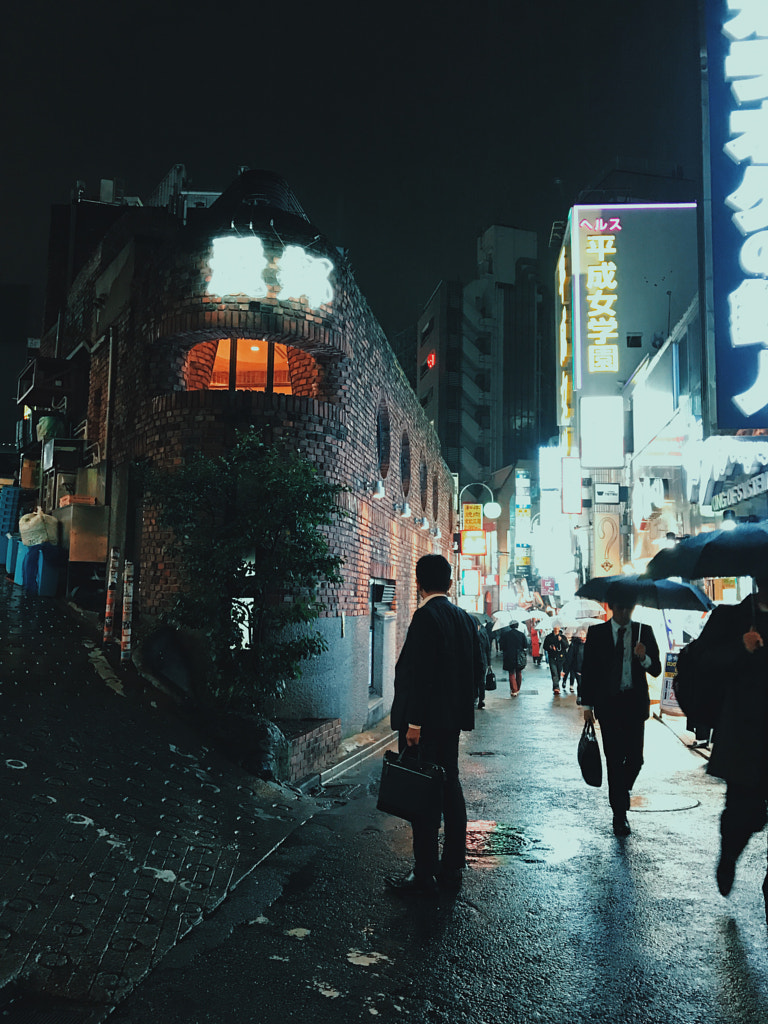

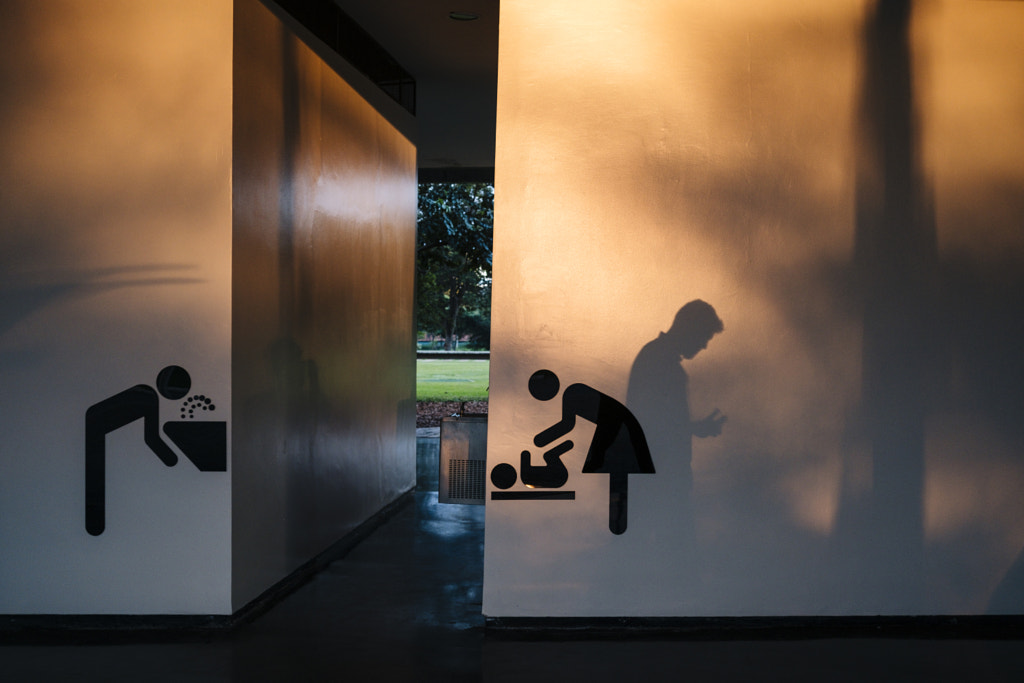
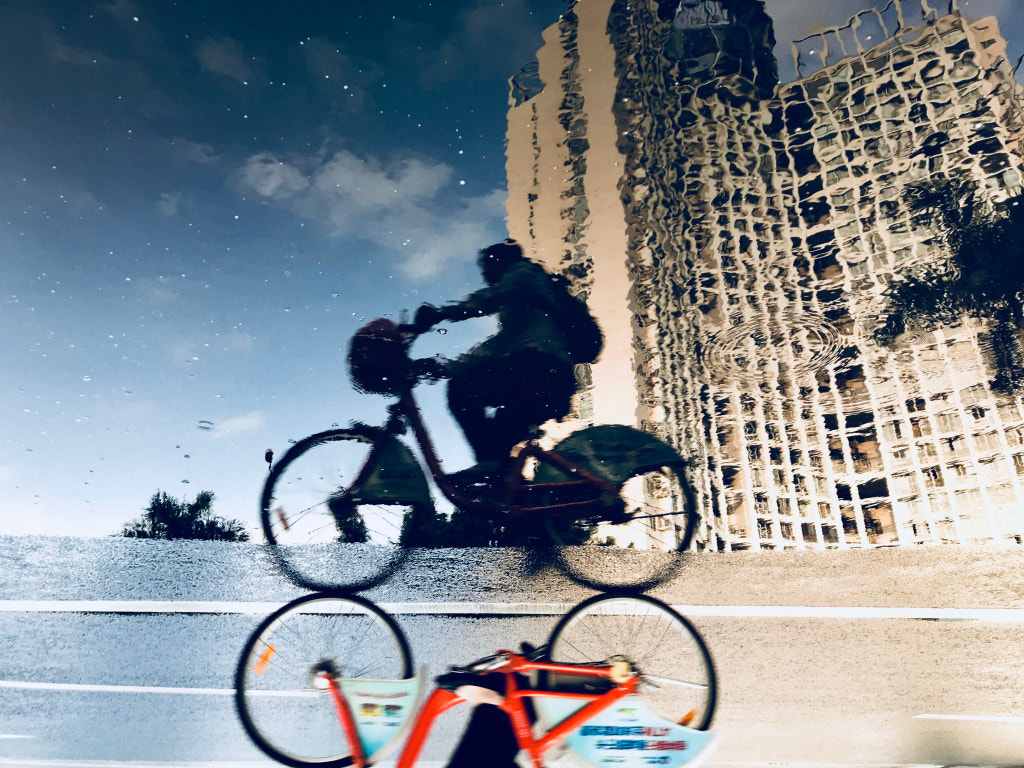
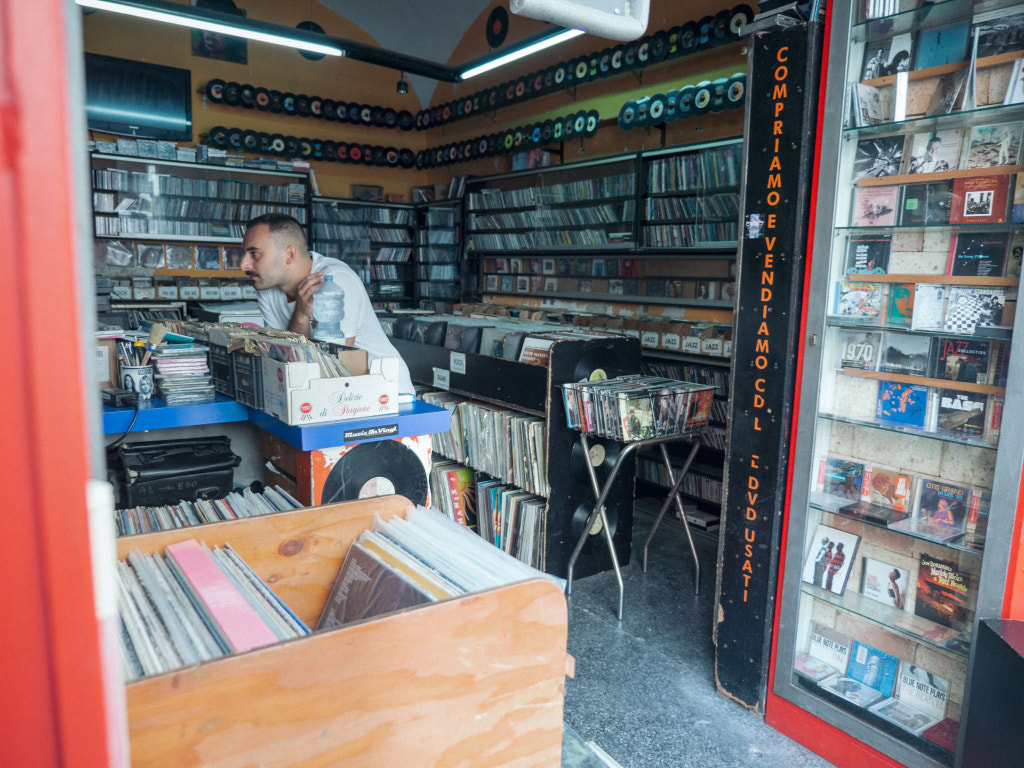
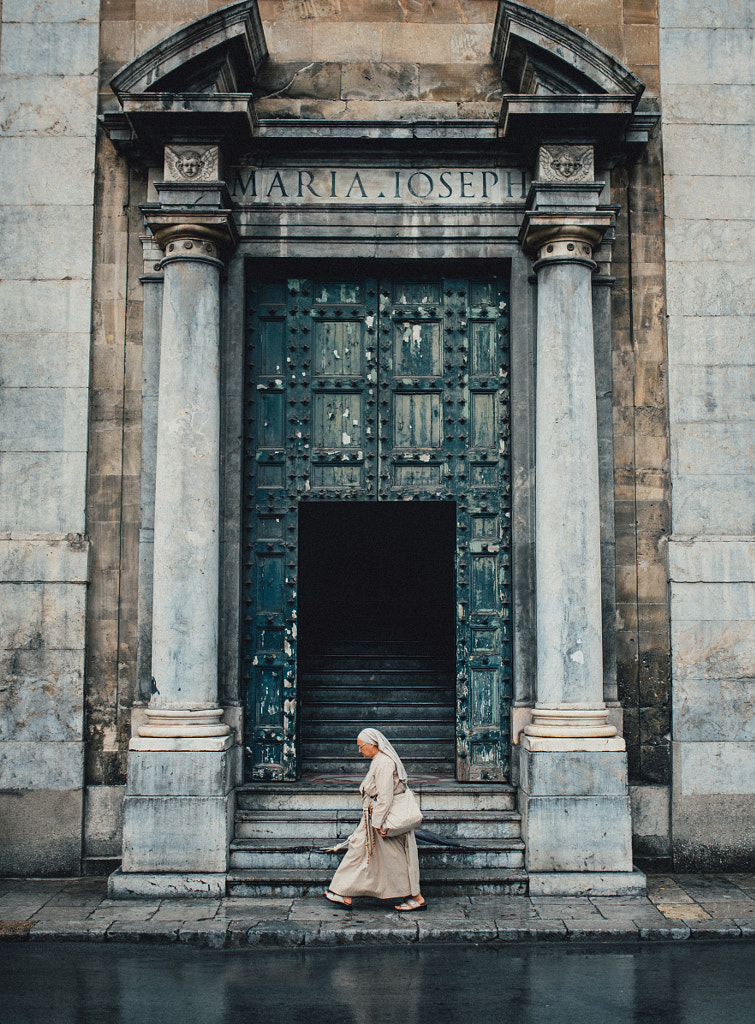

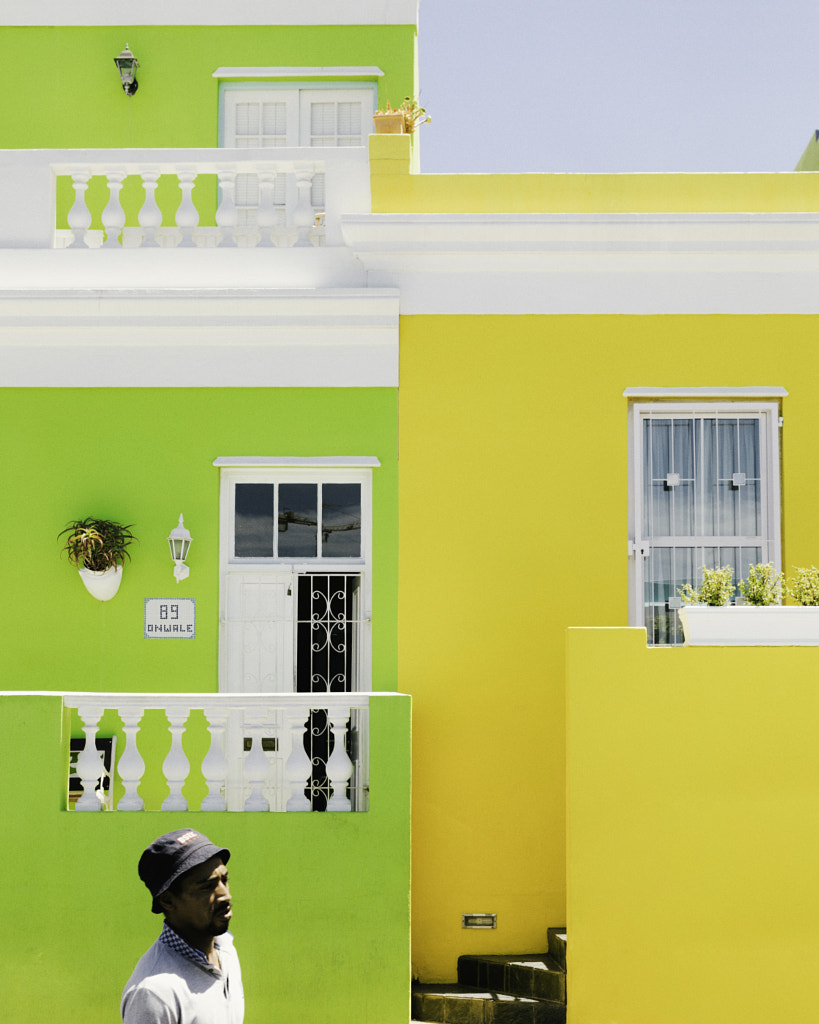
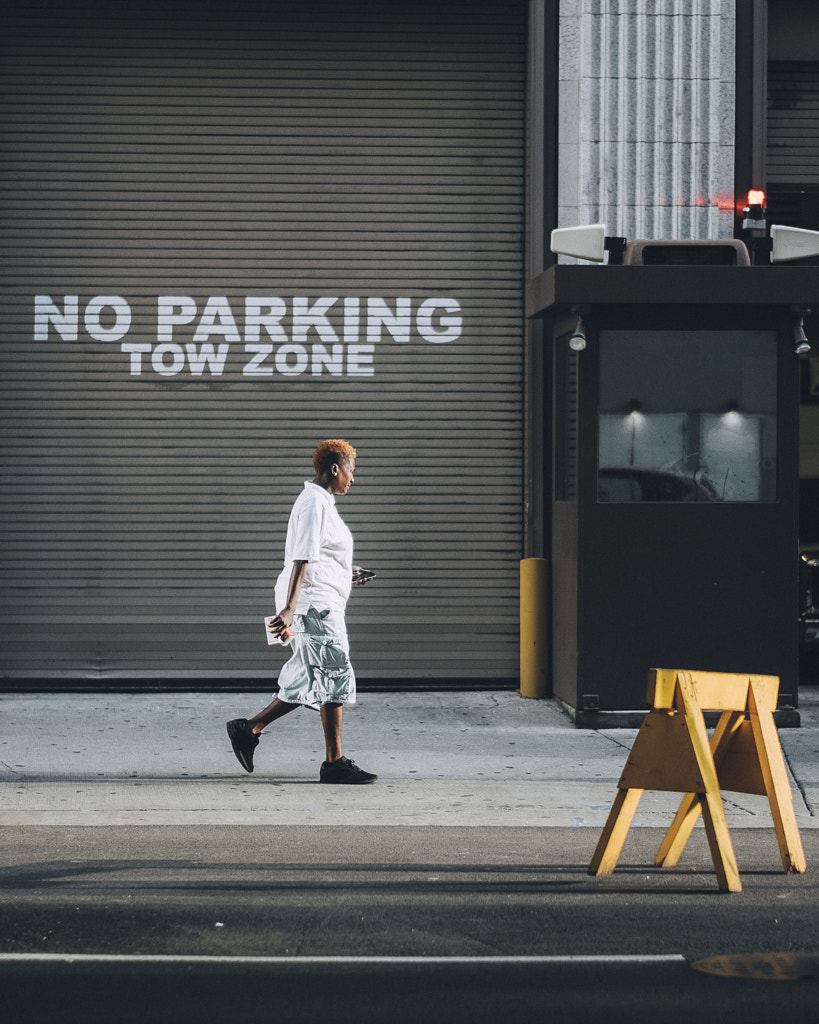

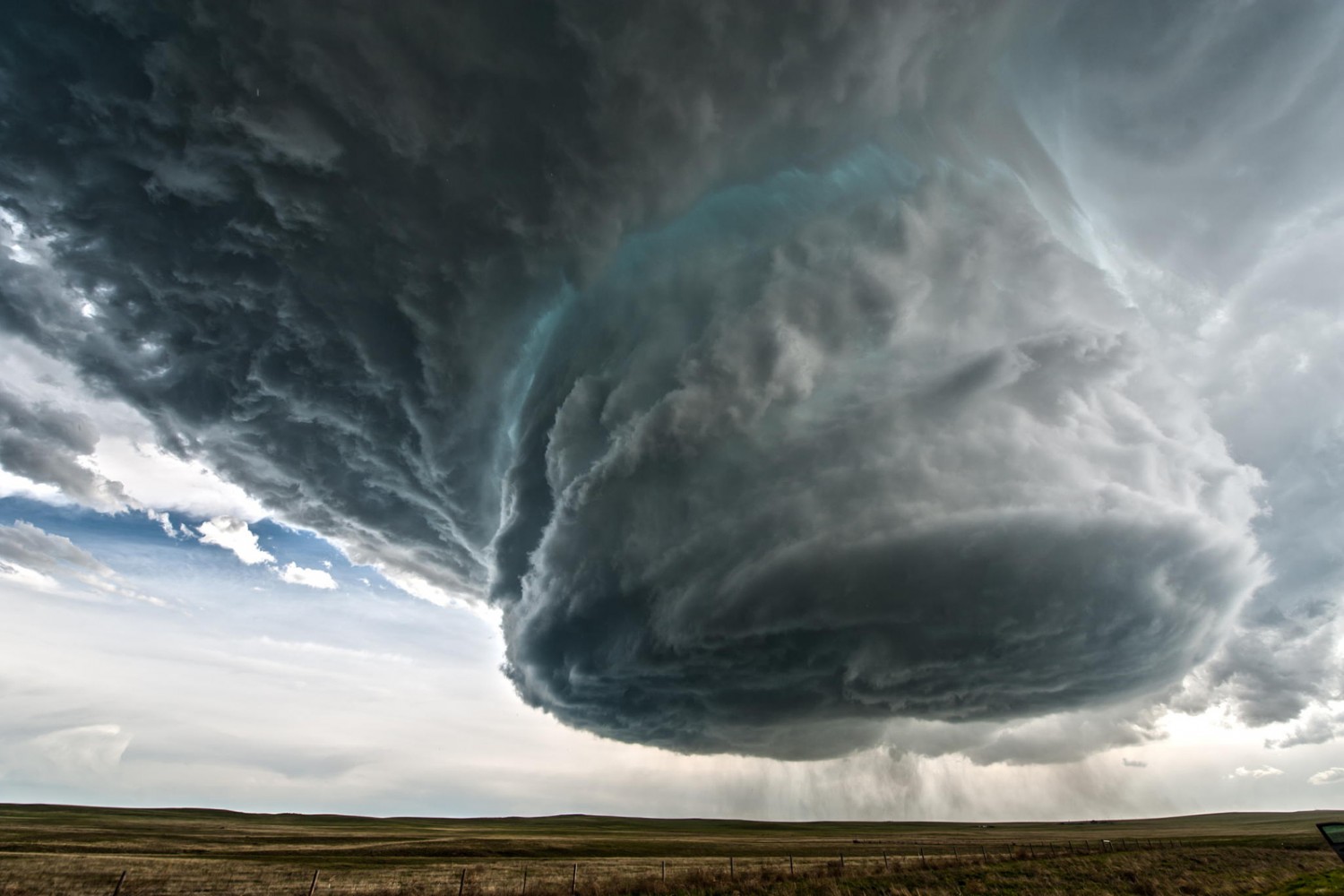
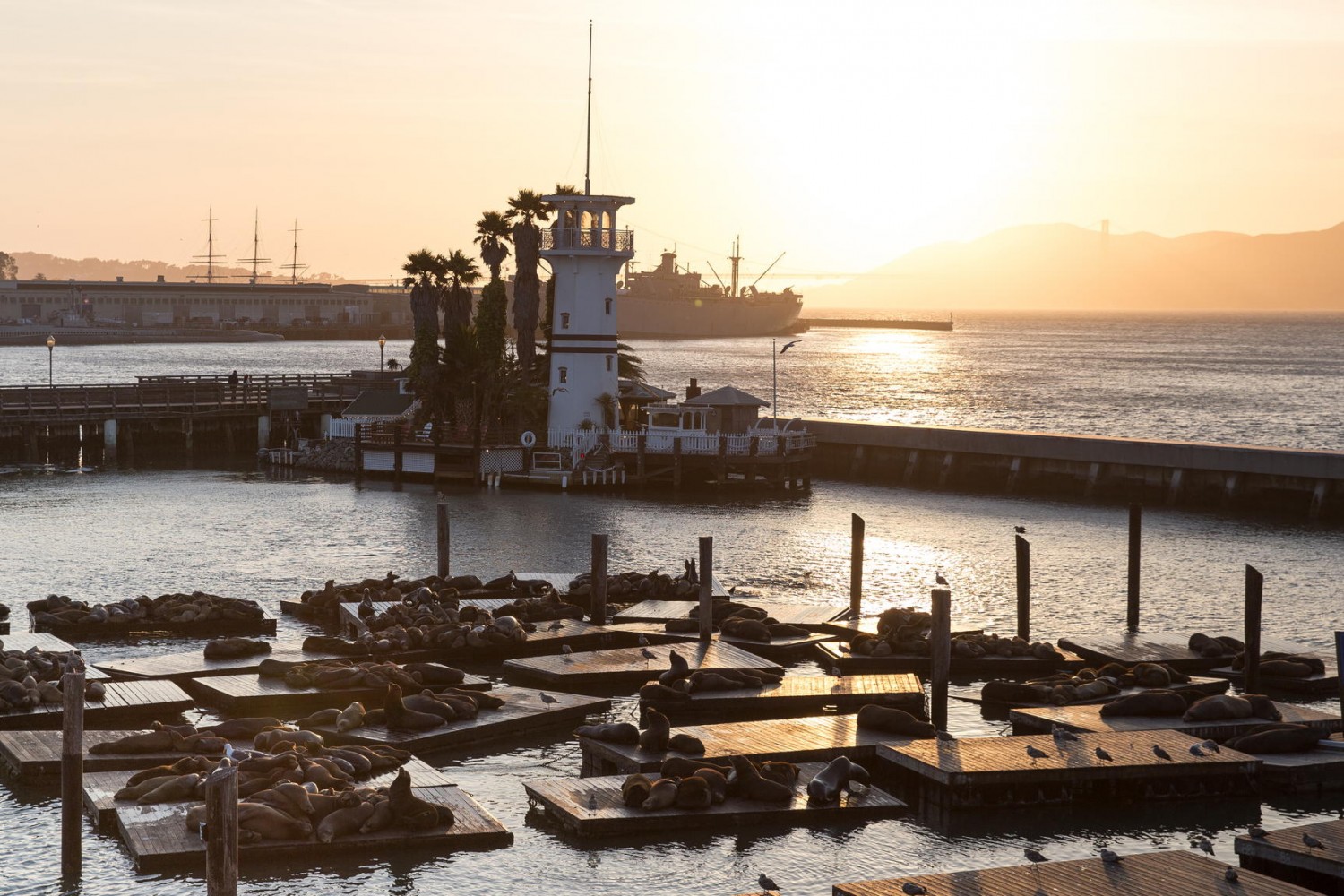


Leave a reply